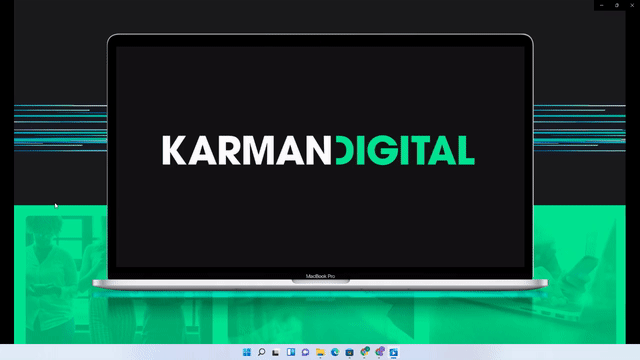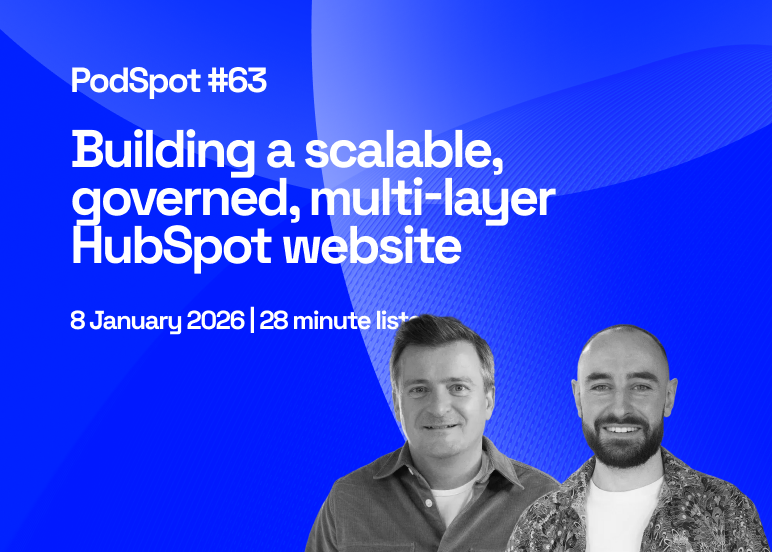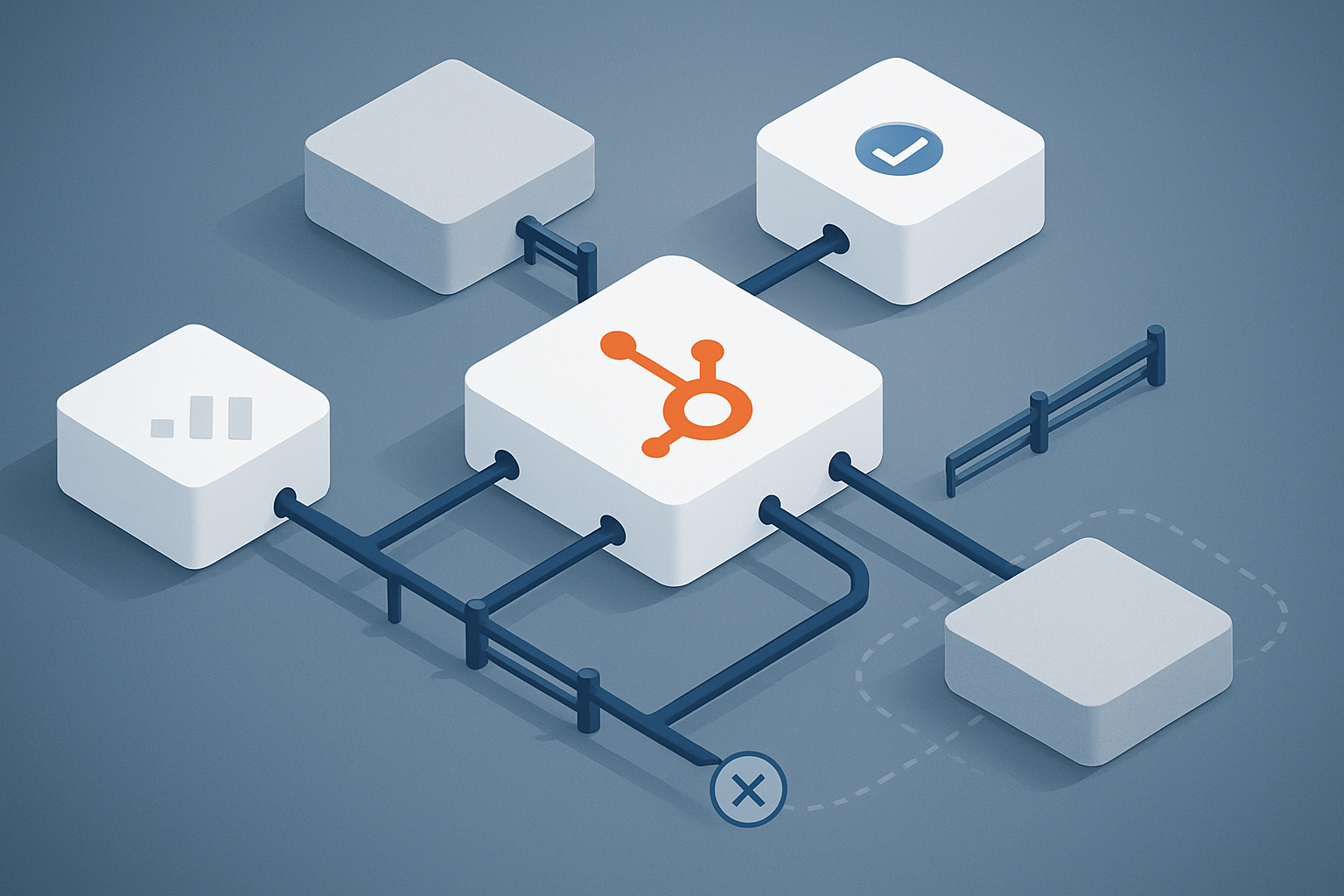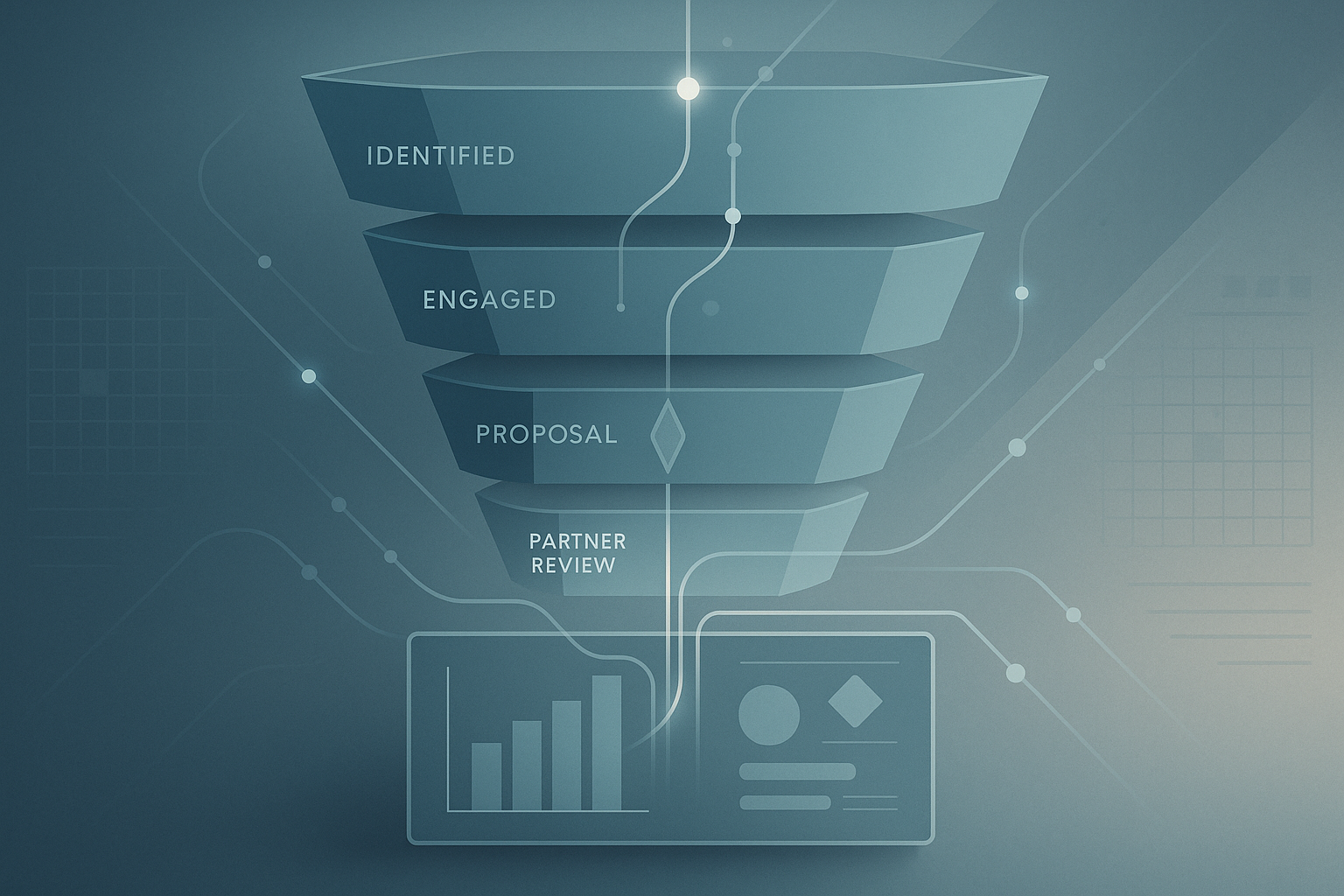Why you need to integrate digital ad platforms into your HubSpot Ad Tool
Digital Marketing
HubSpot
Digital Transformation
Sales Capability

If you are a business operating in any capacity in the 21st century, you know the importance of online ad platforms in generating interest, leads, and sales for your organisation. Moreover, if you are a digitally enabled business we all know that you are using HubSpot to further your inbound marketing efforts in a plethora of ways.
These two important dimensions of your business don’t have to be exclusive from one another. In just a few easy clicks you can integrate your ad platforms into your HubSpot ad tool. It’s such an easy process that we won’t even bother discussing it, simply follow the steps in the video below.

Official marketing partners with Ad duopoly Google and Facebook, HubSpot offer ad optimisation tools far and beyond what is offered by other CRMs. Used correctly these tools can take your ad strategy to the next level, generating leads and ultimately increasing ROI.
But how is this level reached? Read on and find out the five reasons why you need to integrate digital ad platforms into your HubSpot ad tool.
Audience segmentation and ad personalisation
It’s 2021, year of Meta and the decade of Web3. Isn’t it time that your ads were personalised and customers segmented into different points on the buyers journey? After all, segmenting your audience is one of the most effective ways to accelerate the buying process for prospects.
Integrating ad platforms into the HubSpot ads tool facilitates just that. Bring in offline contact data to online campaigns and see what is driving results at each stage of the buyers journey with the Event Optimisation tool. This allows users to create events that sync your CRM lifecycle stage from HubSpot into your ad network, segmenting the audience and optimising personalised ads.
Your HubSpot contacts, web analytics and CMS all work in unison to help inform you on ad optimisation and help you adjust your ad campaigns according to different audiences, thus increasing your conversion rates and ROI.
One login, one dashboard
We’ve all been there. Big sigh, scratching the forehead as we try to remember the login for Google ads, Facebook or the countless other platforms that run our ads. Even the most organised of us are sometimes forced to spend time trying to locate that important spreadsheet with the numerous login details.
Integrating your ad platforms into HubSpot's ad tool eliminates the faff and lets you operate and view all your of your ads in one place. As long as you are logged into your HubSpot account, you don’t have to worry about anything else.
Analyse your Facebook, Google, Instagram and Linked-in ads and find key ad reports in the the reporting widget section on HubSpot. Here you can alter your ad dashboard, bringing forth key information from all of your ad platforms.
HubSpot love to make things easy, don't they?
Automate your workflow
HubSpot is no stranger to automation. Their automation capabilities have grown from strength to strength since the beginning of their CRM journey. Most know of features like the social schedule tool in the Marketing Hub, but many are unbeknown to the power of automation within the HubSpot ad space.
Use workflows to route incoming conversions from campaigns to sales reps automatically, allowing for the easy transfer of feedback from your sales team on the quality of leads coming in through your campaigns. You can even automate the messaging and emails that are sent to the lead after the ad spend results in a conversion, bringing high quality and applicable follow ups to your leads and customers automatically.
Campaign metrics
Sometimes it can be messy sifting through your tabs comparing campaigns on HubSpot to ad performances on your favoured ad platforms. Integrating the ad tool with your platforms eliminates this mess. Align your workflows, email and landing pages to a certain ad campaign, and see what is truly succeeding and what is failing at an individual campaign level, all within your HubSpot account.
HubSpot ad forms
Once you've integrated HubSpot into your ad strategy, you can easily point your ad to any page using a HubSpot form. The benefits, a-top of better audience segmentation, is the syncing of contacts onto your CRM. This gives a name and high quality data to your ad spend to conversion, rather than an auto generated number. This makes it easy for other departments down the line to pick up the contact. Perhaps your marketing department next year want to send out a newsletter to all customers who converted at a certain stage in the buyers journey? They’ll be delighted to know that you’ve created a personalised contact for them with out moving a finger!


